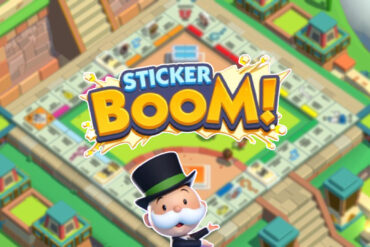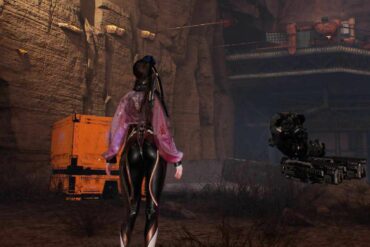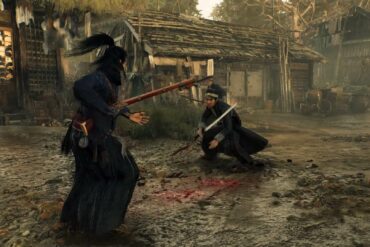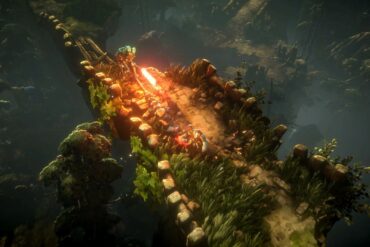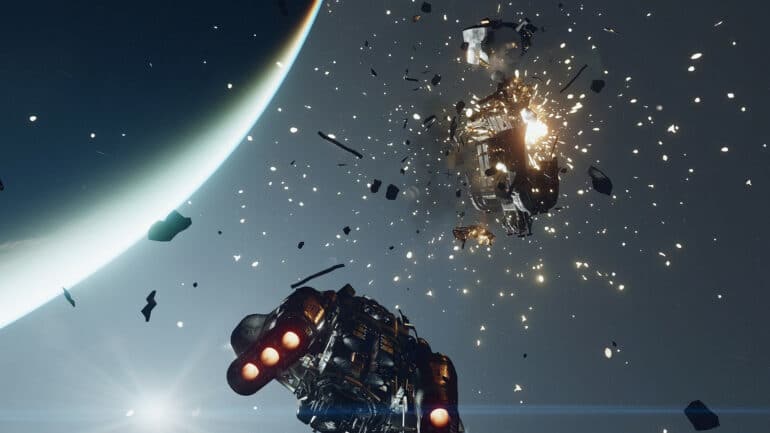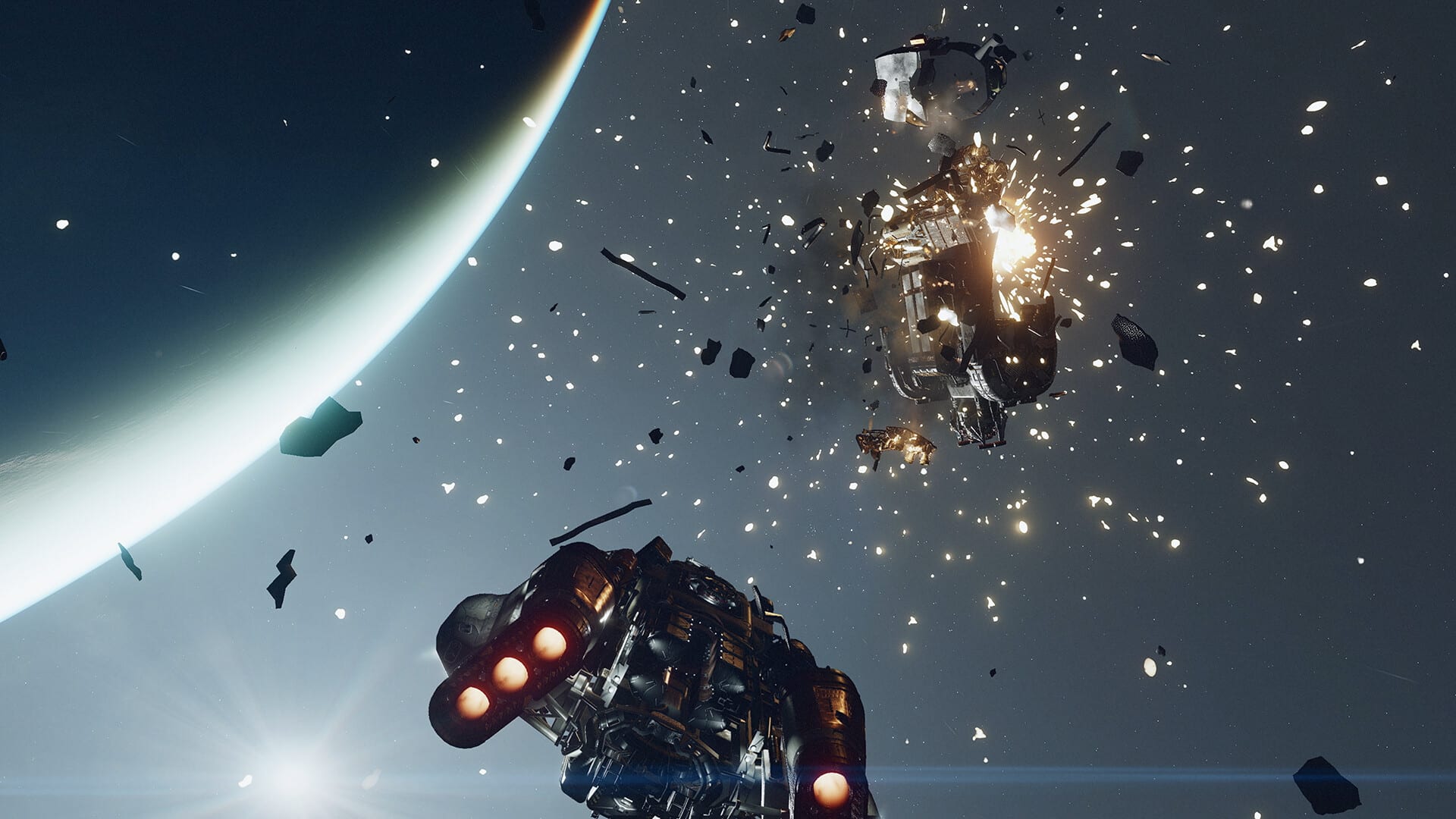Exploring the stars has always been an intriguing albeit overwhelming concept that has always been exciting. In the realm of video games, few titles have sought to capture this sense of cosmic wonder as boldly as Bethesda’s long-anticipated release, Starfield.
With promises of a sprawling interstellar adventure and rough claims of it being 25 years in the making, Starfield beckons players to venture beyond the confines of a singular planet and embark on a journey through a universe teeming with potential. But much like the vastness of the cosmos itself, Starfield is a game of highs and lows; for every enthralling and captivating moment, there’s an opposing aspect lurking close by.
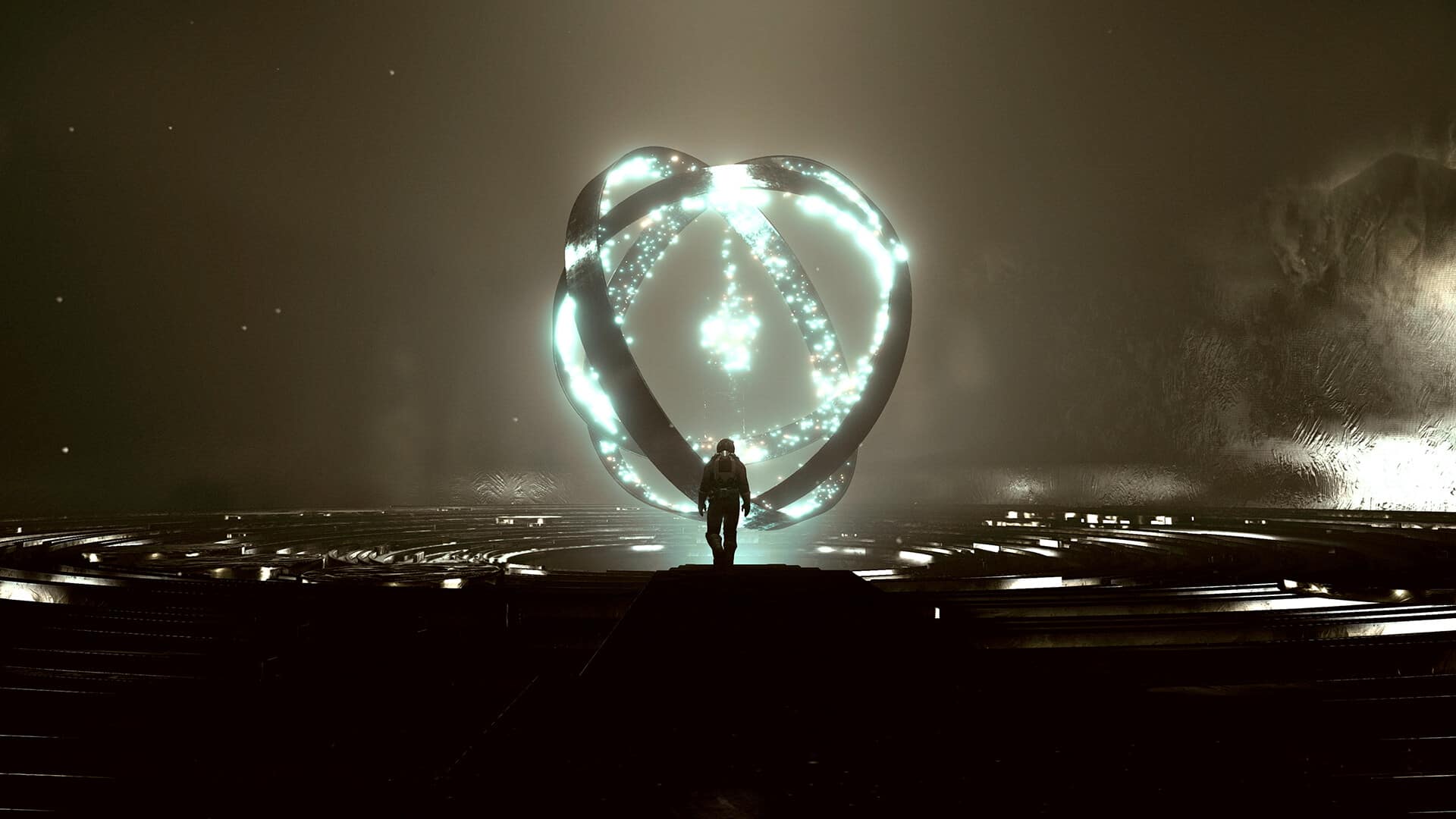
“Once it does gain momentum, Starfield becomes enthralling.”
Starfield begins abruptly in typical Bethesda fashion; forced into a specific event that you know nothing about, and thrust into the action. Initially, you assume the role of a miner until you touch a strange object known as an artefact and your whole world turns upside down.
One of Starfield’s strengths is its deep lore. The game is teeming with stories and detailed reenactments through notes and conversations with civilians. Looting enemies can even provide unique activities, allowing you to travel between planets and acquire extra loot or solve puzzles and challenges. This aspect of Starfield is a highlight, especially if you enjoy rich world-building. It’s in these moments of discovery and storytelling that the game truly shines, drawing you deeper into its cosmic web.
However, the main campaign doesn’t share the same depth. It often feels like a repetitive loop of tasks, with sporadic story elements sprinkled in. The overarching story requires you to collect rare Artefacts and discover their true meaning. This narrative takes a long time to ramp up and the first 8-10 hours are somewhat unimpressive. However, once it does gain momentum, Starfield becomes enthralling, and the pieces of the puzzle begin to fit together. Although, it’s hard to recommend a game that takes such a long time to become engaging.
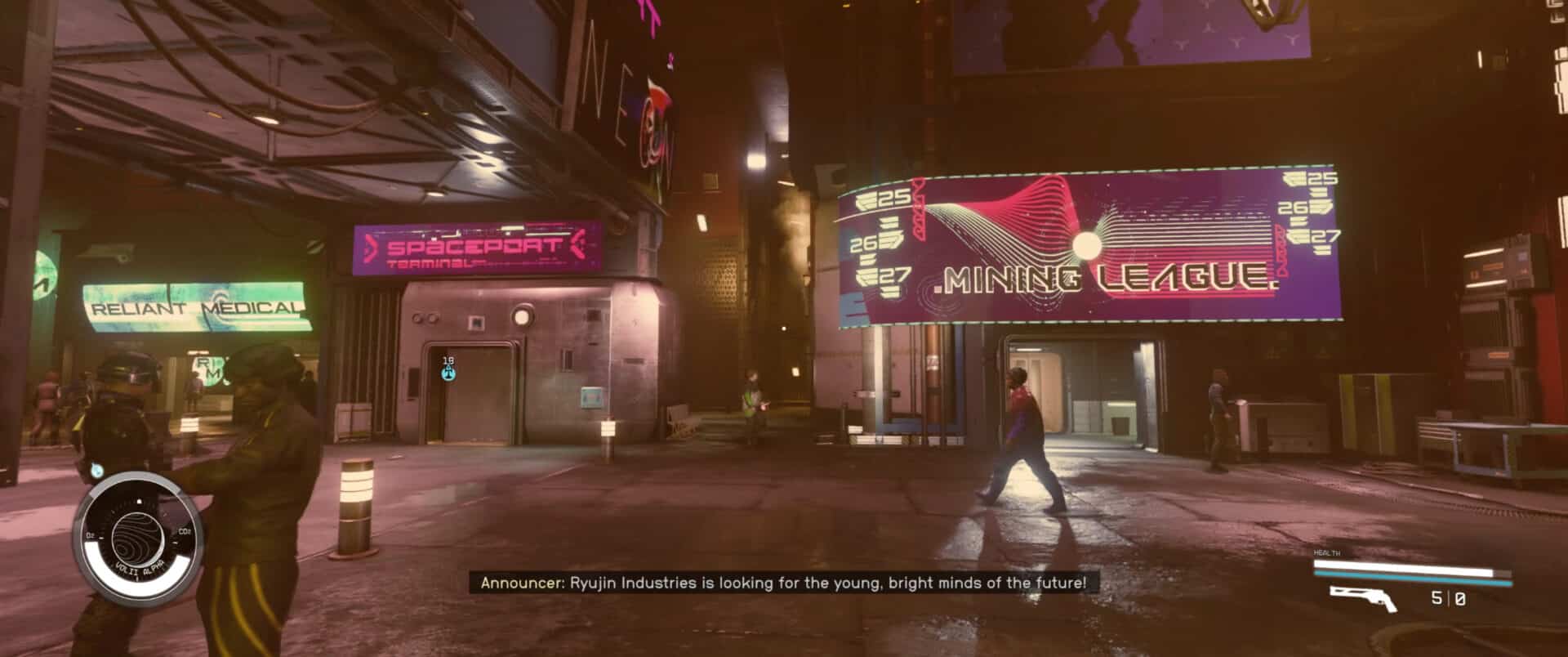
“Starfield relies heavily on cutscenes for transitions, breaking the immersion and making planetary travel feel like a series of disconnected events.”
The universe of Starfield is staggeringly vast, featuring a thousand planets and a hundred distinct solar systems. From the desiccated remnants of Earth to the grungy Neon City of Volii Alpha, each planet has its distinct features and hidden secrets. Although, there’s a catch. Not every planet is entirely unique. Some planets feel like carbon copies, and while some can argue it’s hard to continually create planets that are different from others, I encountered the same Space Pirate base in three separate missions in the campaign. To me, encountering the same locations multiple times feels disappointing and lazy game design. It’s as if the sheer size of Starfield is also its downfall.
One of the fundamental contradictions in Starfield’s design is the sense of scale versus accessibility. Despite its vast galaxy and hundreds of worlds to explore, the game’s frequent loading screens between planets can make it feel surprisingly small. In No Man’s Sky, a game also built around space travel, you can seamlessly fly from space to the surface of a planet. Similarly, exiting a planet is just as easy and you can jet off out of the atmosphere and straight into space. While No Man’s Sky isn’t better than Starfield in every element, it’s hard not to draw comparisons in this aspect.
Starfield relies heavily on cutscenes for transitions, breaking the immersion and making planetary travel feel like a series of disconnected events. While these cutscenes are visually impressive, they removed any sense of excitement surrounding space travel, and instead, caused me to fast travel everywhere I went.
Nevertheless, Starfield has two sides to every glaring issue and impressive positive. Once you get over the fact that seeing a planet orbiting in space is nothing but a large moving background, the fast travel system is actually quite handy. Travelling to a solar system light years away only takes ten seconds, and you can almost immediately transport straight back into the action. While this is a great feature, it gave me no reason to ever pilot my spaceship.
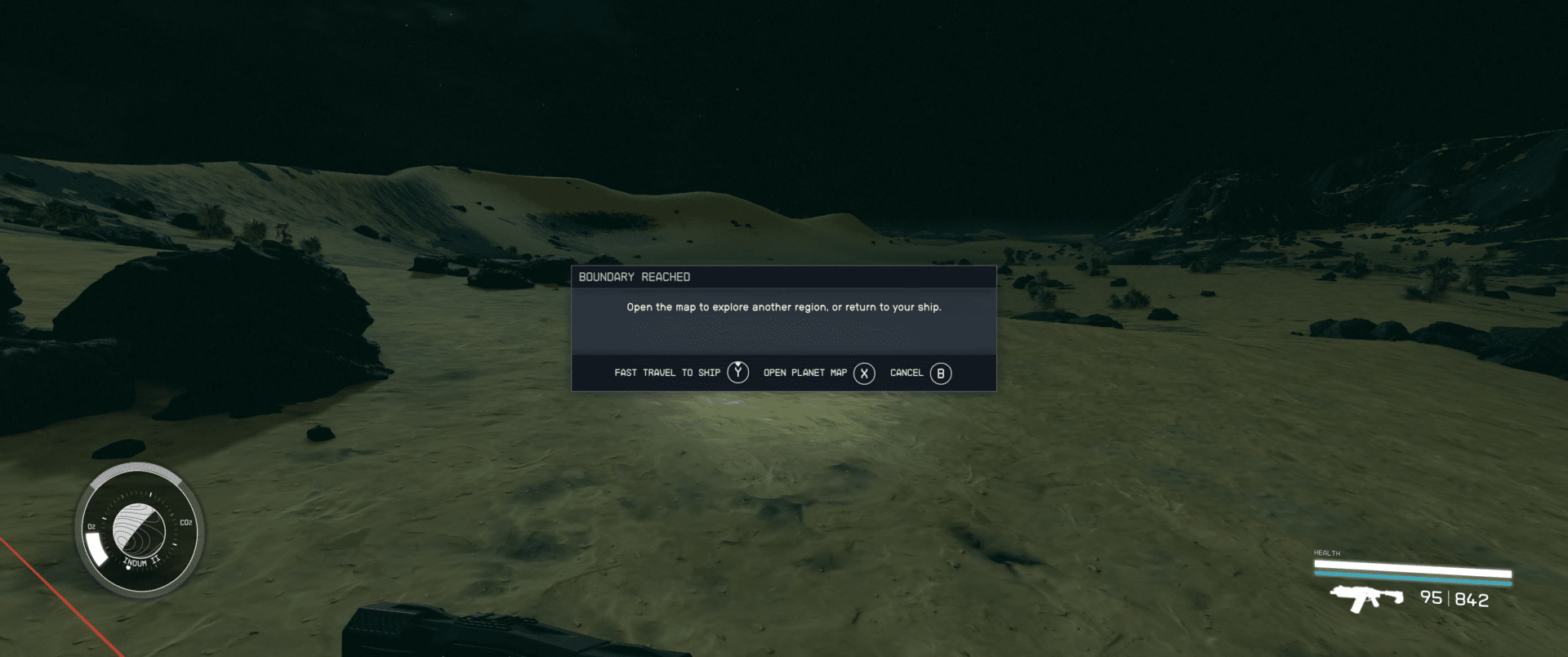
“One of the most frustrating features of Starfield is inventory management.”
Navigation in Starfield is also lacking. There are no detailed maps for on-foot exploration, leaving you to rely on vague signposts of key points of interest within cities. The first time I navigated the central city of New Atlantis, I had no idea where to go or sell my gear, resulting in me holding onto the stuff I valued the most and just dropping the rest on the ground.
On planets, the scanner is your best friend. This allows you to see points of interest (POI) and travel in their direction. While this is certainly a great addition, the ability to travel wherever you like is completely off the cards. In fact, exploring too far away from any POI presents you with an error stating that you’ve hit the edge and need to travel back to your ship — Flat-earthers rejoice. However, planet exploration isn’t Starfield‘s strongest element as you’ll likely pick up all sorts of junk at outposts and other buildings.
This leads to arguably one of the most frustrating features of Starfield: inventory management. It’s a clunky system that feels as if it’s almost its own minigame. Being over-encumbered in Starfield has huge side effects. Firstly, you lose oxygen by running, meaning you’re going to have to walk everywhere to prevent your slow death. Secondly, you can’t fast travel, which means you won’t be getting anywhere quickly. My companions truly became my best friends, hoarding all of my heavy valuables until I reached a major city. While there are some late-game options, such as building Outposts or purchasing housing, you’ll never escape the constant disappointing cycle of dropping items, even investing your skill points in the required skill is not enough.
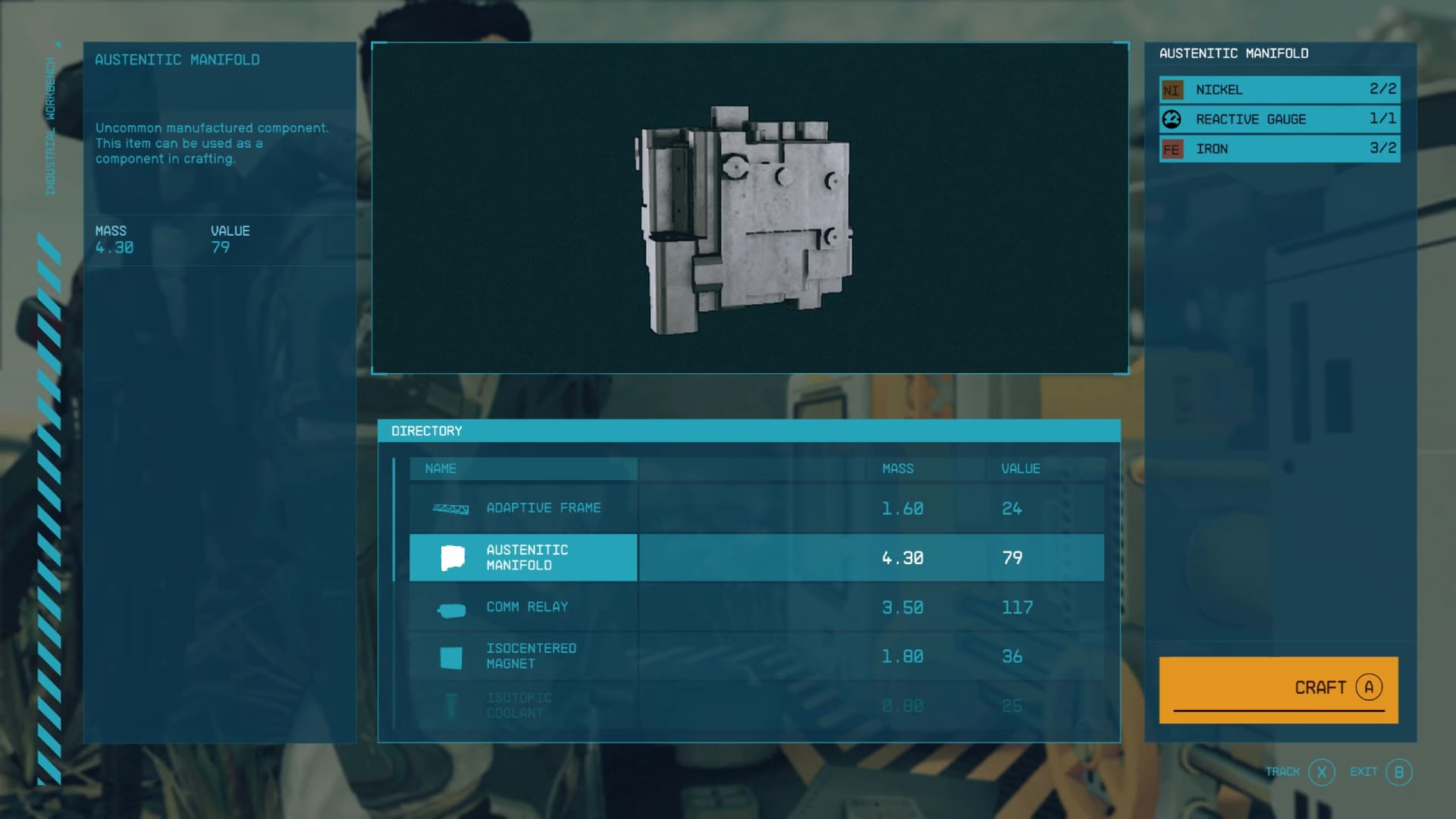
“Despite all my grievances, Starfield is an enjoyable game.”
Skill Points in Starfield are a mixed bag. Some offer additional enjoyable aspects to the game, and others leave you questioning why they are a skill in the first place. Fundamental features, like equipment modification and the spacesuit’s boost pack, are locked behind skill points. This can hinder your ability to fully enjoy the game’s potential. On the other hand, skills like combat sliding and the ship targeting system — the closest thing to Fallout’s VAT system — feel worthwhile, adding additional mechanics that benefit the overall fun factor.
Fortunately, despite all my grievances, Starfield is an enjoyable game. Before I knew it, I was hooked. Transitioning from mission to mission became my norm, and my eyes were glued to the screen. However, it just takes a long time to get there. Fortunately, there is still so much depth to the game. After you complete the storyline of 20 hours, there is a new game plus mode, fleshed-out Outpost mechanics that enable you to mod your weapons and spacesuit, and, of course, over one thousand planets and side quests.
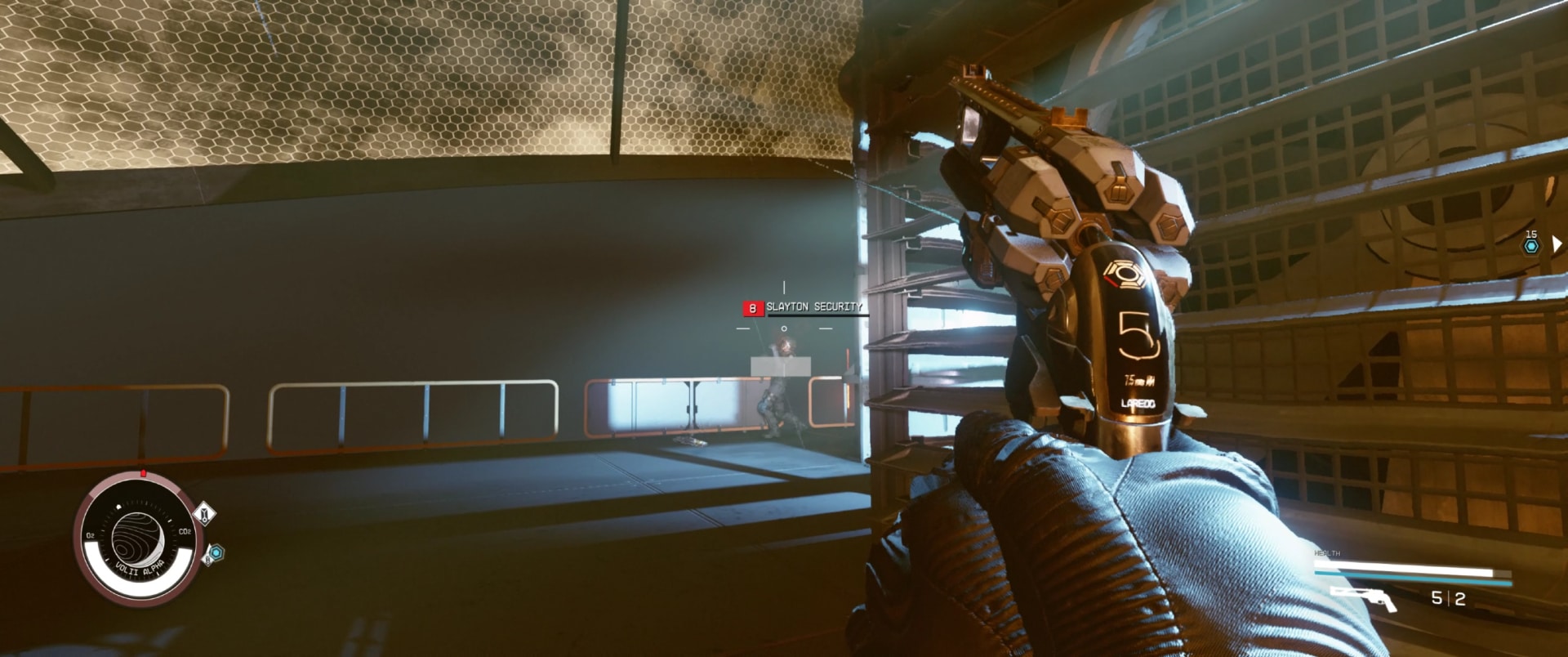
“Starfield is a game of promise and pitfalls.”
Combat in Starfield is largely simple and feels more polished than in previous Bethesda games. There are enough weapons and late-game powers to provide enough variety, but at no point did I feel like I was going to die. Furthermore, space battles lack any wow factor and can be simply rated as mediocre. There were instances where I was ambushed by space pirates or other enemies, but aiming and mashing my controller triggers were enough to avoid any danger. All in all, the combat remains relatively straightforward throughout your journey, delivering reliable but unremarkable encounters in Starfield‘s vast universe.
It goes without saying that I did experience a few glitches and issues with Starfield on PC. However, compared to most triple-A games, it’s definitely one of the more refined titles. Glitches were apparent, but none ever hindered my gameplay past an occasional rogue spinning ship or companions running overly fast to get away from me.
Starfield is a game of promise and pitfalls. It offers an expansive universe to explore, rich lore, and engaging moments, but it also struggles with repetition, technical issues, and a lack of guidance. If you’re a fan of deep world-building and can endure its flaws, Starfield might still offer a satisfying journey through the cosmos. However, for some, the game’s inconsistencies may outweigh its strengths. In the end, Starfield is a celestial voyage worth embarking on if you’re willing to navigate through the cosmic clutter to find its shining stars. It offers glimpses of brilliance but ultimately leaves you yearning for a more polished and immersive space odyssey.
*Disclaimer: Reviewed on PC; code was provided by the Publisher.


